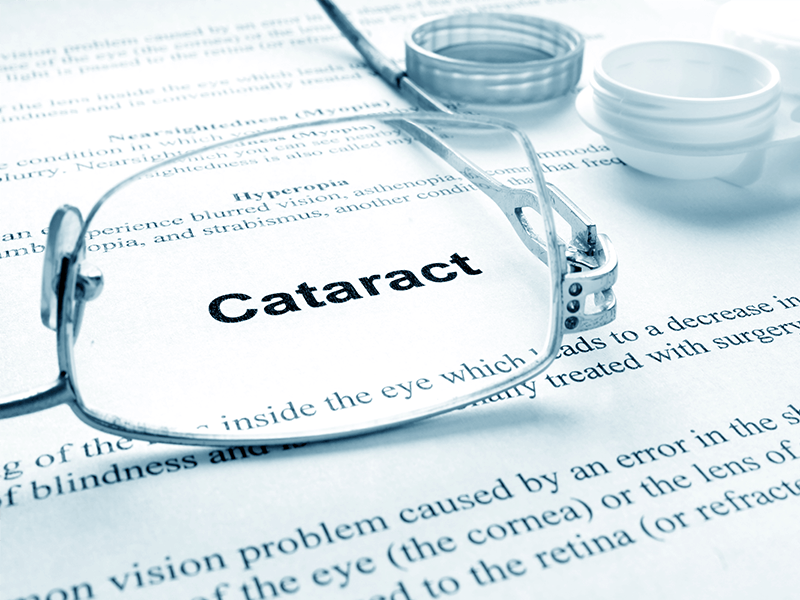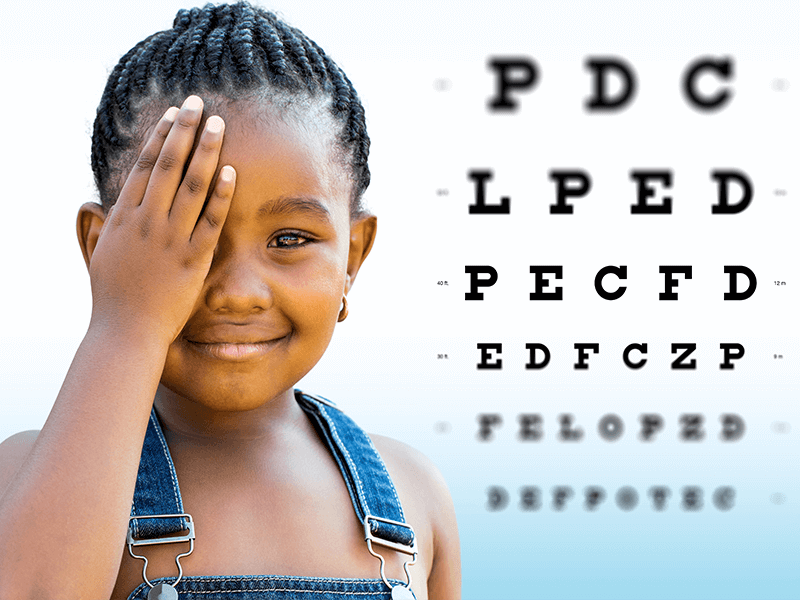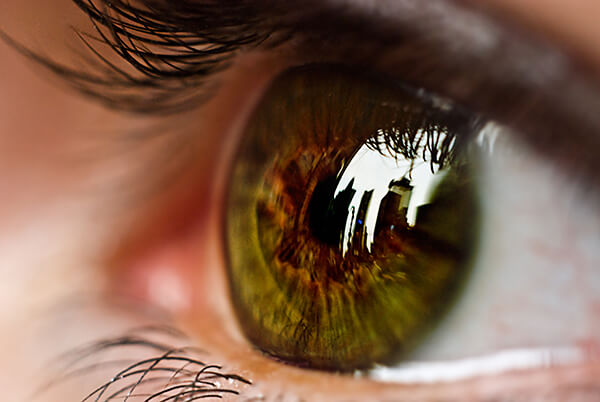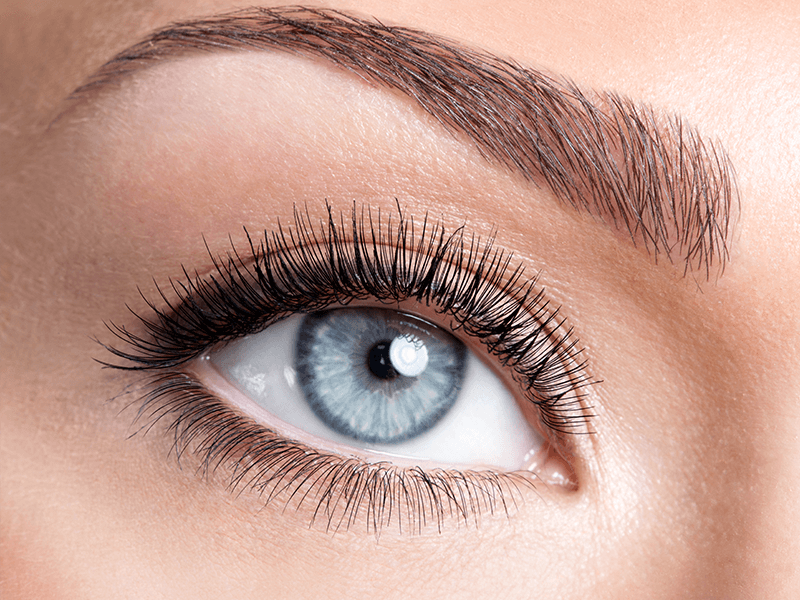There is no question that contact lenses have revolutionized the vision industry. There are so many types of contact lenses available. And recently, there have been advancements in contact lenses for people who suffer from astigmatism.
Read more →When a person is colorblind, their brain is unable to process colors under every day, normal lighting conditions. Color blindness expresses itself as the inability to or the difficulty of identifying colors and the separation between them. Those who are colorblind struggle with differentiating between the colors they see.
Read more →Children today seem to be spending more and more time with their eyes on a screen. From tablets to computers and phones, children have access to technology that adults would never have dreamed of years ago. Because children are using electronic devices on a regular basis, eye strain occurs as well as pain in the neck and back. Children become mesmerized by screens at an early age, and too much exposure can lead to several long-term health issues such as digital eye strain.
Read more →At night, your vision can be impaired whether you have perfect vision or suffer from an eye condition. Not only does the darkness of the sky cause general impairment, but also the flicker and lights of traffic signals, high beams, headlights from other vehicles and street lights. Certain eye conditions, like aging and other impairments, can affect your nighttime vision.
Read more →A cataract is a condition where the eye’s natural lens is clouded. There are three types of cataracts that can occur within the eyes; subcapsular, nuclear and cortical. It is important for individuals over the age of 40 to learn about these cataract types so they can realize if a problem with their vision exists. Understanding the types and knowing the signs and symptoms will help you to determine if you might have a cataract issue and seek help from a professional.
Read more →You may have heard the term ‘Astigmatism’ before. Perhaps, your friend or a family member has been told that they have it. Astigmatism is a common eye disorder affecting roughly 3 million Americans every year. It is not a serious or life-threatening condition, but how can you be sure that you have it? And, what can be done to treat it?
Read more →Myopia, or nearsightedness, is a common eye issue that cannot be cured. Nearsightedness is the condition when a person cannot see distant objects clearly without glasses. However, there are certain ways to prevent the condition from getting worse or from ever occurring in the first place.
Read more →Have you ever noticed spots in your vision or something seemingly covering your eye while you try to look at an object? Most likely you have experienced eye floaters and not even known it. Eye floaters give the perception that something is floating in your line of vision. While this may seem like an optical illusion, you actually have something going on inside your eyes. It’s important to understand what eye floaters are, how they occur, and how to treat them.
Read more →Do you have blue eyes? Do you find that you squint or tear up in the bright sun? Are blues eyes more sensitive to the sun? The short answer to the question is yes. Light colored eyes, including blue, green, and gray are more reactive to the sun or bright light. Professionals refer to this as photophobia.
Read more →Your mom or grandma may have warned you as a kid: “Don’t cross your eyes!” or “Don’s sit so close to the TV!” We are here to debunk these old myths and present the facts.
Read more →










